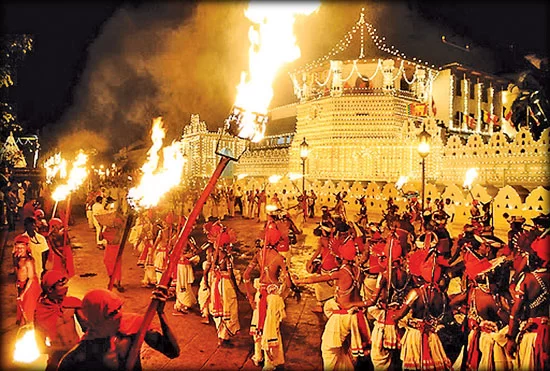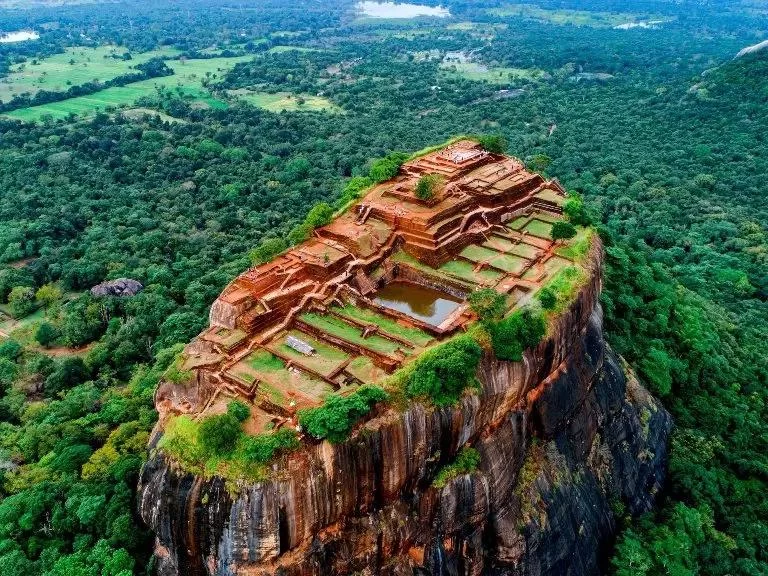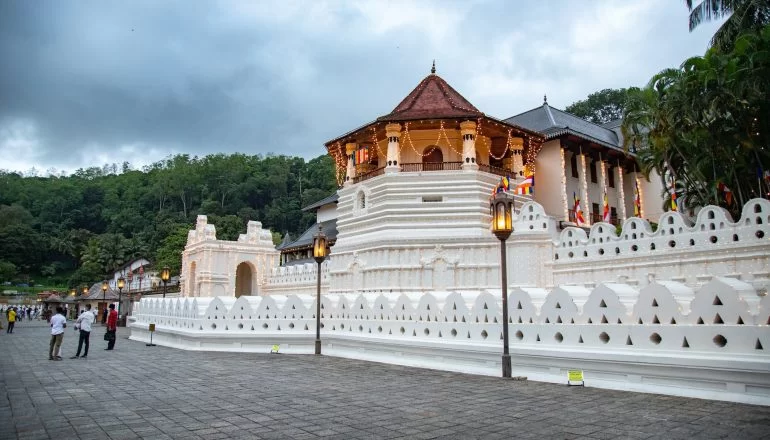Exploring the Rich History of Sri Lanka Through Its Historical Sites
Sri Lanka is a country rich in history, boasting a diverse cultural heritage that spans thousands of years. From ancient Buddhist temples to colonial-era forts, the historical sites in Sri Lanka offer a fascinating glimpse into the past. For travelers interested in history, Sri Lanka is a must-visit destination with its vast collection of ancient ruins, temples, and landmarks that tell the story of the island’s past. Whether you're a history buff or just looking for an enriching experience, this article will guide you through some of the most captivating historical sites in Sri Lanka.
1. The Ancient City of Anuradhapura
One of the most significant historical sites in Sri Lanka, Anuradhapura is a UNESCO World Heritage Site and one of the ancient capitals of Sri Lanka. Founded in the 4th century BC, this ancient city was the center of Sri Lankan civilization for over a millennium. It is home to some of the most impressive archaeological sites in the country, including ancient monasteries, stupas, and palaces.
- Sacred Tree of Sri Maha Bodhi: One of the oldest living trees in the world, believed to have been grown from a cutting of the original Bodhi tree under which Buddha attained enlightenment.
- Ruwanwelisaya Stupa: A massive white stupa built by King Dutugemunu, one of the most famous kings in Sri Lankan history, symbolizing the unification of the country.
- Jetavanaramaya: The largest brick structure in the world at the time of its construction, a testament to Sri Lanka’s impressive engineering skills in ancient times.
2. The Temple of the Tooth Relic (Sri Dalada Maligawa)
Located in the city of Kandy, the Temple of the Tooth Relic is one of the most important religious sites in Sri Lanka. It houses a tooth of the Buddha, which is a sacred relic and a symbol of royal power. Pilgrims from around the world come to worship at this temple, and it is central to many cultural and religious festivals in Sri Lanka, including the famous Esala Perahera.
- The Significance of the Relic: The tooth relic is believed to have been brought to Sri Lanka in the 4th century AD, and it plays an essential role in the island’s spiritual and political history.
- Architecture and Art: The temple is an excellent example of Kandyan architecture, with its beautiful woodwork and intricate carvings.
- Visiting Experience: Visitors can witness daily rituals and ceremonies that have been part of Sri Lankan culture for centuries.
3. Sigiriya Rock Fortress
Sigiriya is one of Sri Lanka’s most iconic landmarks and another UNESCO World Heritage Site. This ancient rock fortress, also known as Lion’s Rock, was built in the 5th century by King Kashyapa as a royal citadel. The fortress sits atop a massive rock and offers breathtaking views of the surrounding landscape. The site is famous for its advanced engineering and beautiful frescoes.
- The Lion’s Gate: The entrance to the fortress, shaped like a giant lion’s head, is one of the most famous features of Sigiriya.
- Frescoes: The well-preserved frescoes on the rock walls depict celestial nymphs, showcasing the artistic brilliance of ancient Sri Lanka.
- Water Gardens: The beautifully landscaped water gardens at the base of the rock provide a glimpse into the advanced irrigation systems used by the ancient kings.
4. Polonnaruwa Ancient City
Polonnaruwa is another UNESCO World Heritage Site and the second capital of ancient Sri Lanka. It was established after the fall of Anuradhapura and served as the kingdom’s capital from the 11th to 13th centuries. Today, it is a well-preserved archaeological site that showcases the grandeur of ancient Sri Lankan architecture and urban planning.
- The Gal Vihara: A series of stunning rock-cut Buddha statues that are among the finest examples of Sri Lankan sculpture.
- The Royal Palace: The remains of the royal palace, once home to the kings of Sri Lanka, highlight the complexity of ancient Sri Lankan architecture.
- Vatadage: A circular relic house that symbolizes the harmony of Buddhism and art, featuring intricate carvings and a beautiful design.
5. Galle Fort
Galle Fort, located in the southern part of Sri Lanka, is a colonial-era fort built by the Portuguese and later expanded by the Dutch. The fort is a living testament to Sri Lanka’s colonial past and is a must-visit for anyone interested in history and architecture. Today, it is a UNESCO World Heritage Site and an excellent place to explore Sri Lanka’s European influence.
- Old Dutch Hospital: One of the oldest buildings in Galle, which has been converted into a popular shopping and dining destination.
- The Lighthouse: The Galle Lighthouse, built in 1848, is an iconic structure that offers stunning views of the Indian Ocean.
- Historic Streets: The cobblestone streets within the fort are lined with Dutch colonial buildings, providing a glimpse into the colonial era.
Conclusion: Why Sri Lanka’s Historical Sites Should Be on Your Travel List
Sri Lanka is a country that offers a wealth of historical landmarks, each with its own story to tell. Whether you're interested in exploring ancient ruins, religious relics, or colonial fortresses, Sri Lanka’s historical sites provide a deep insight into its rich cultural and historical heritage. Visiting these sites will not only enhance your understanding of Sri Lanka’s past but also allow you to experience the beauty and diversity of this incredible island. If you're planning your next adventure, make sure to include these historical sites in Sri Lanka for a truly unforgettable experience. Want to explore more of Sri Lanka's history? Visit Tamil Travel Lanka for more information and to book your next trip!






